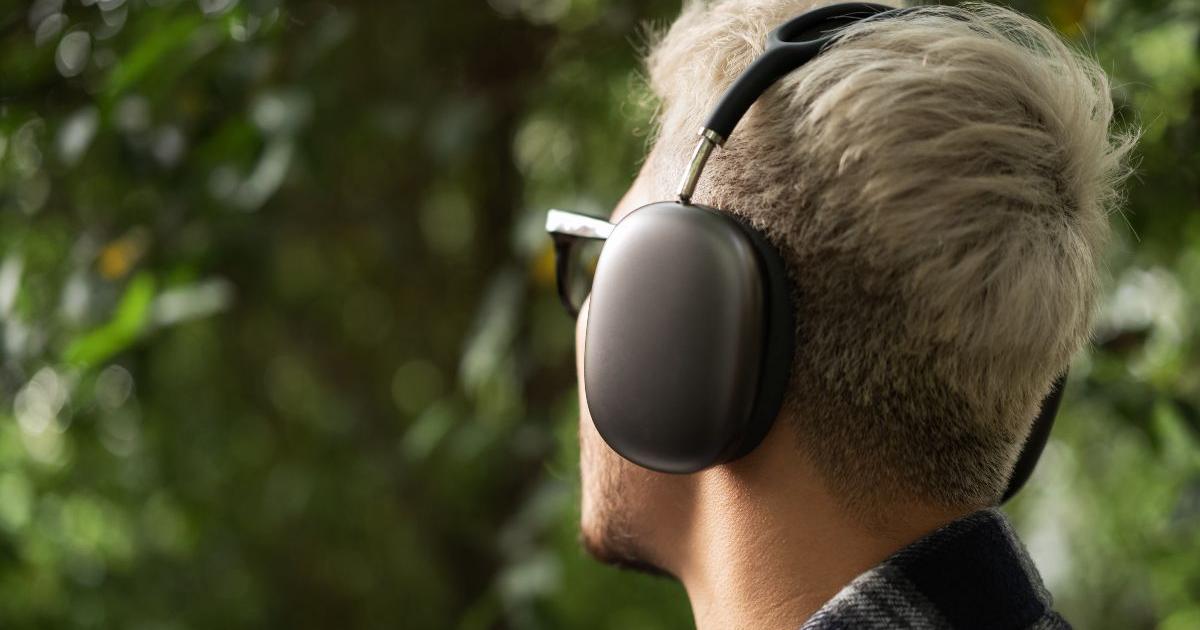Sony took a whole new direction with the LinkBuds, which focus on letting noise in while you're wearing them rather than the more traditional feature of removing it.
The donut hole ring on these headphones creates a constant, transparent sound that makes it easy to keep them in your ears while doing things like talking to people, waiting for your flight at the airport, or working out.
And while they may not be for everyone, they're worth a look if you value the ability to hear what's going on around you as much as sound quality.
You can see our full review of the LinkBuds here (
MX$4,303 or
$178
), but to better understand where they fit into the larger audio landscape, I spoke with Hiroshi Nakamura, Head of Mobile Products Business Division, HES Business Group, Sony Corporation.
Here's what he had to say about where the idea came from and where he might end up using this unique technology in the future.
How LinkBuds can lead to more immersive sound experiences
"I wanted to create a new hearing aid form factor for a new lifestyle, and then the question was how to do it," says Nakamura.
And, in fact, LinkBuds feature a unique design unlike any other earbuds on the market today.
The result is a (literal) hole with a ring-shaped driver to gently allow that surrounding noise in.
But in addition to the freedom that this always-on transparency of sound offers, Nakamura was quick to talk about what kind of technology might power these headphones in the future.
Are the Sony LinkBuds better than the WF-1000XM4?
One of the experiences Sony is particularly excited about is what Nakamara calls AR (augmented reality) sound, which has the potential to overlay sounds online into the real world.
"For example, [with] navigation, you can use Apple Maps or Google Maps on your smartphone and when you need to turn right, Sound AR will allow the sound to come from the right side of the headphones."
Layered on top of LinkBuds open sound environment, this could be extremely useful for city dwellers and tourists.
Not only will you be able to hear things like traffic, but you'll also have that extra direction if you're not paying full attention (like most of us are, most of the time).
And, from an accessibility point of view, sound AR could help people with visual and hearing disabilities.
Another example Nakamura discussed was
gaming
, specifically with Niantic's Pokémon Go, a game that overlays Pokémon on the real world that you see through your phone.
LinkBuds can help you better identify where characters are coming from, as they have gyroscopic sensors built into both earbuds.
Developers could take advantage of these sensors to create similar experiences.
It's not Sony's first foray into positional audio: 360 Reality Audio, a separate standard from Apple's Spatial Audio, accomplishes a similar feat.
For example, you can get sounds to the left and behind you, but also hear voices to the right and in front of you.
To a certain extent, you are mathematically mixing the audio and placing it around you, almost to give off the effect of a surround system.
Could LinkBuds expand?
Nakamura notes that the original concept behind LinkBuds came from the WH-1000XM4 over-ear headphones (
MX$4,865 or
$279
) from Sony, which use a chat function that amplifies external noises once you start talking.
In our tests of the 1000XM4, we found that the Sony headphones allowed us to clearly hear all sorts of ambient sounds (like people talking, a knock on the door, or even a robot vacuum cleaner) from the headphones.
It's effectively a smart transparency mode that kicked in when we started talking.
But how does Nakamara see the future of LinkBuds (
MX$4,303 or
USD$178
) and a possible expansion of this technology to other areas?
"We will continue to focus on the concept of linking online and offline, so we are looking for the best form factor for this concept, especially with
always-on
."
It's not guaranteed we'll see a pair of over-ear headphones with a similar hole in the earpiece, but this is clearly an area Sony wants to experiment with.
Lastly, the LinkBuds are not replacing Sony's other hearing aids and are meant to be a new option for people to choose from.
They focus on letting you hear the world around you with rich, clear audio in a comfortable, lightweight build.
And while they undercut the 1000X series in terms of price, those are more focused on great sound and equally great noise cancellation to block out the world around you.
Sony's LinkBuds (
MX$4,303 or
$178
) are really the opposite of noise-cancelling headphones.
They have the unique ability to offer an always-on transparency mode, and for those who like to listen to their surroundings, they fit the bill.
Following up with the rest of Sony's lineup, they offer rich audio and fast connectivity.
Transparency is definitely the killer feature, and we're waiting to see how these AR-like experiences come to fruition from Sony and its partners.
For more recommendations, offers and reviews read CNN Underscored in Spanish.








